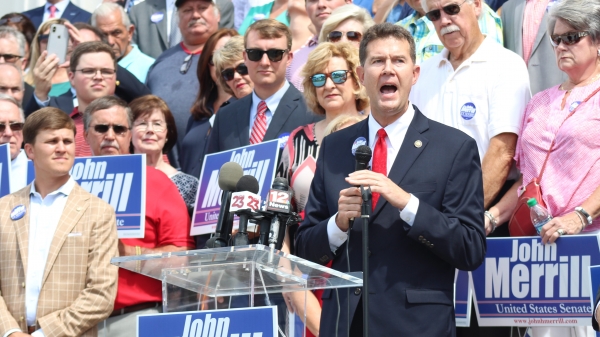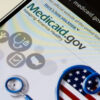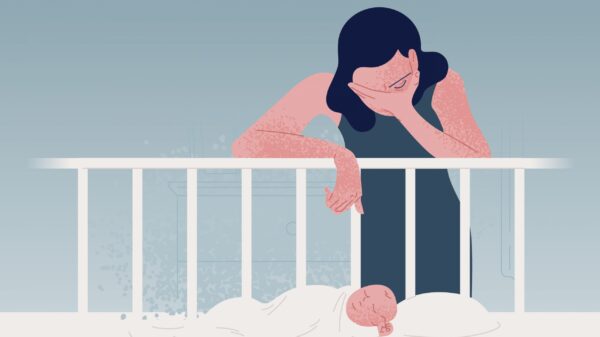The number of uninsured children in Alabama has been on the rise in recent years, according to a report released Wednesday by Georgetown University’s Center for Children and Families.
Nationally, the report showed the number of uninsured children increased by more than 400,000 between 2016 and 2018, reversing a long-standing positive trend. More than 4 million children nationwide were uninsured in 2018.
15 states, including Alabama, were found to have statistically significant increases in the number and/or rate of uninsured children since 2016.
At 3.5 percent, the state’s uninsured rate for children remained one of the best in the South and was far below the national average of 5.2 percent in 2018. However, after years of improvement, Alabama’s number of uninsured children increased from 32,000 in 2016 to 41,000 in 2018.
The report shows that 3 percent of children under the age of six are uninsured, with 3.7 percent of children ages 6 to 18 lacking health coverage.
Racial disparities were also found among uninsured children in Alabama. Hispanics in Alabama had the highest rate of uninsured children at 8.8 percent, Asian/ Native Hawaiian/ Pacific Islander populations showed a 5.8 percent of uninsured children and 3.6 percent of African American children were found to be uninsured. White (2.9 percent) and American Indian (1.1 percent) populations in Alabama were shown to have the lowest amount of uninsured children.
46 percent of children who are insured were shown get their coverage through Medicaid or The Children’s Health Insurance Program (CHIP). 95 percent of uninsured children eligible children were found to participate in Medicaid or CHIP. Many children who are eligible for these programs may not be enrolled due to a lack of public outreach or administrative barriers, according to the report.
Alabama Arise policy director Jim Carnes said in a statement that the increase in uninsured children is a warning sign that Alabama could continue this trend if policymakers do not protect and expand Medicaid.
“Children’s health coverage has long been a point of pride for Alabama, and we can’t afford to backslide,” Carnes said. “ALL Kids and Medicaid have played huge roles in that success. And our state should build on those gains by expanding Medicaid to cover adults with low incomes as well. Medicaid expansion would boost financial security for struggling parents and increase the odds that their children get and stay insured. It would be good for children, good for families and good for Alabama.”
States that have not expanded Medicaid to parents and other adults under the Affordable Care Act (ACA) were found to have increases in their rate of uninsured children three times as large as states that have expanded Medicaid. Children in non-expansion states were shown to be nearly twice as likely to be uninsured as those in states that have expanded Medicaid.
Though only 39 percent of the nation’s children live in southern states, the report showed that 53 percent of the nation’s uninsured children live in the South.





















































